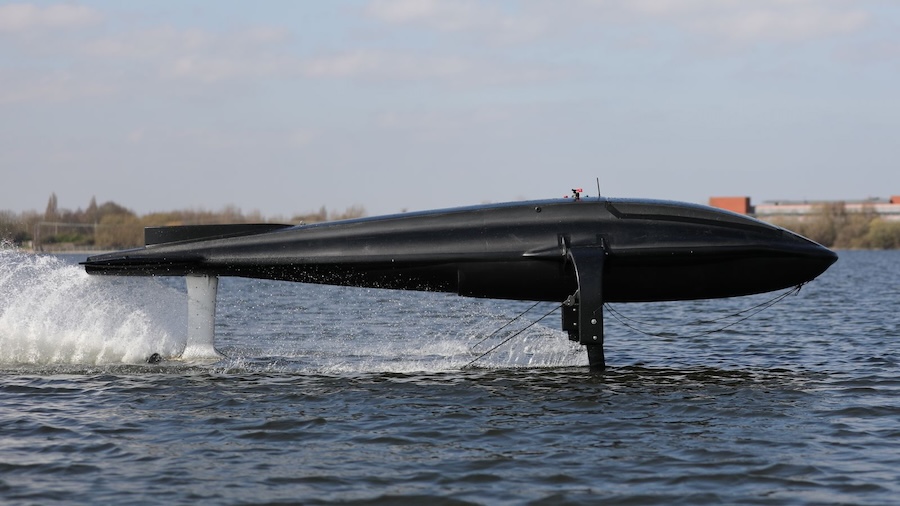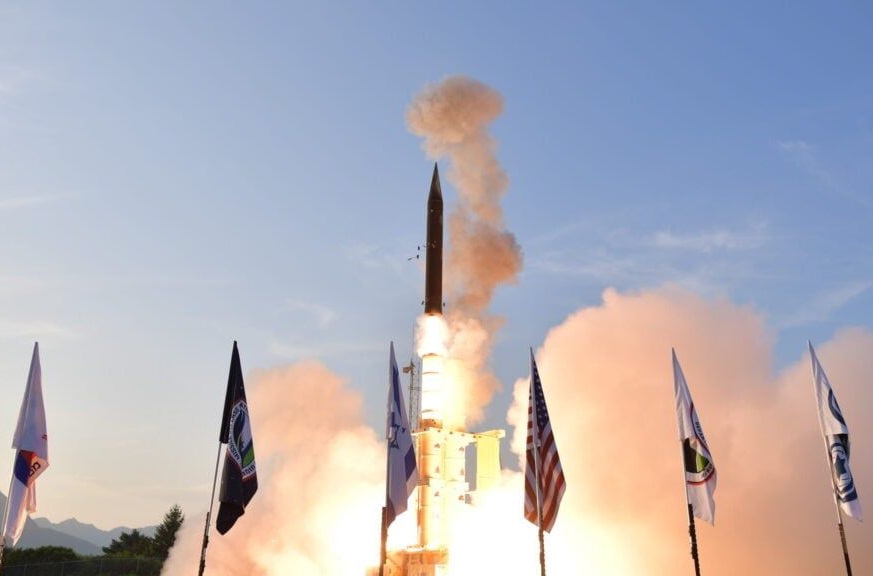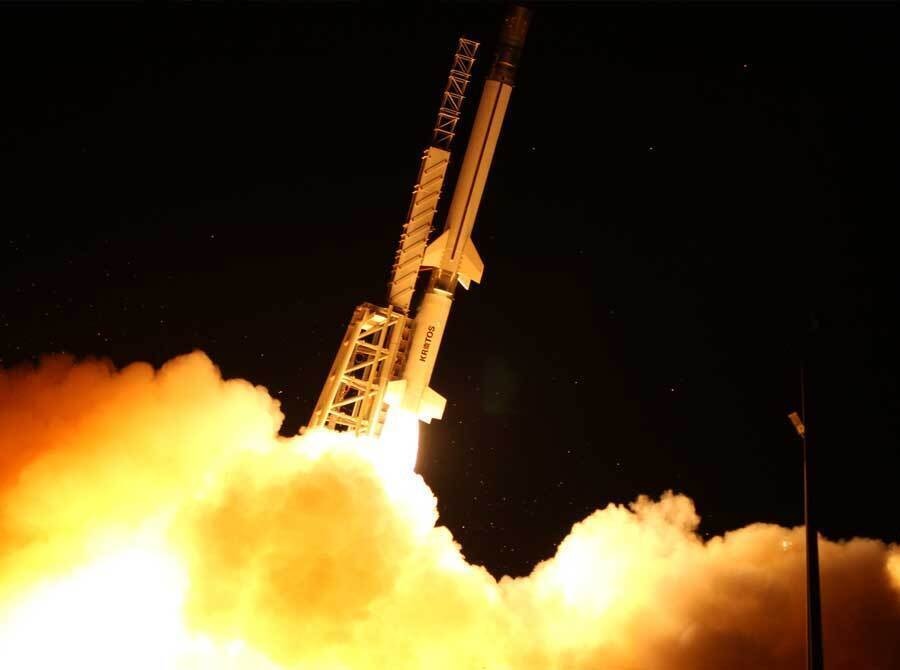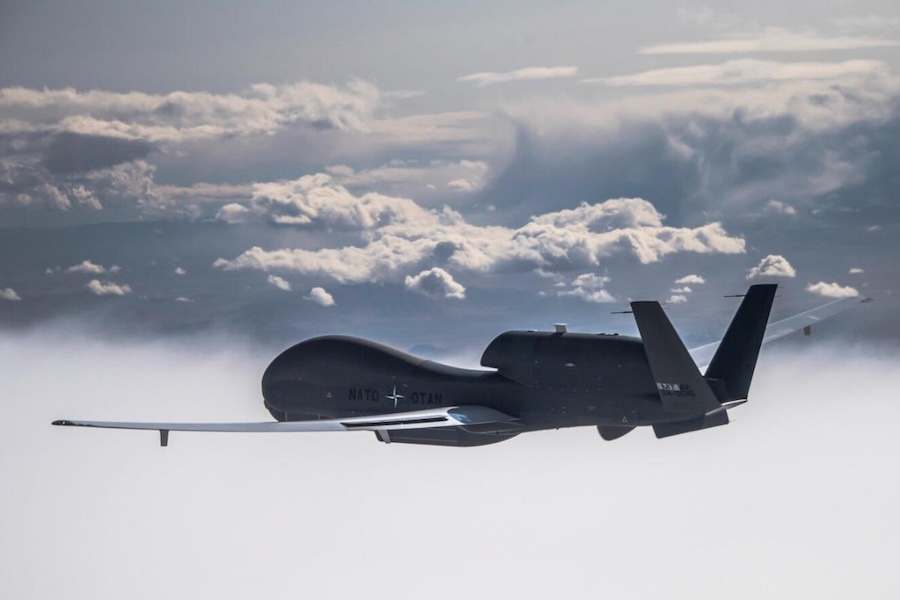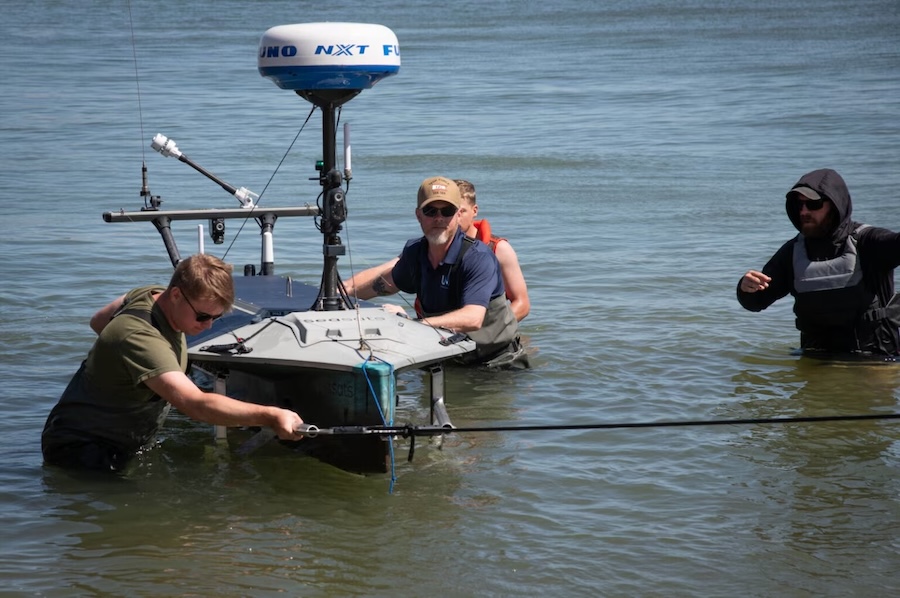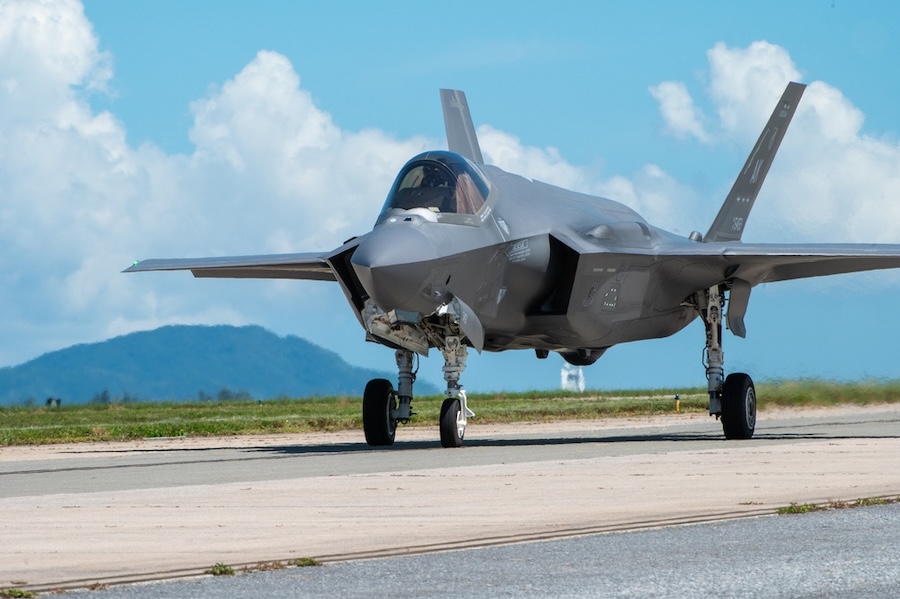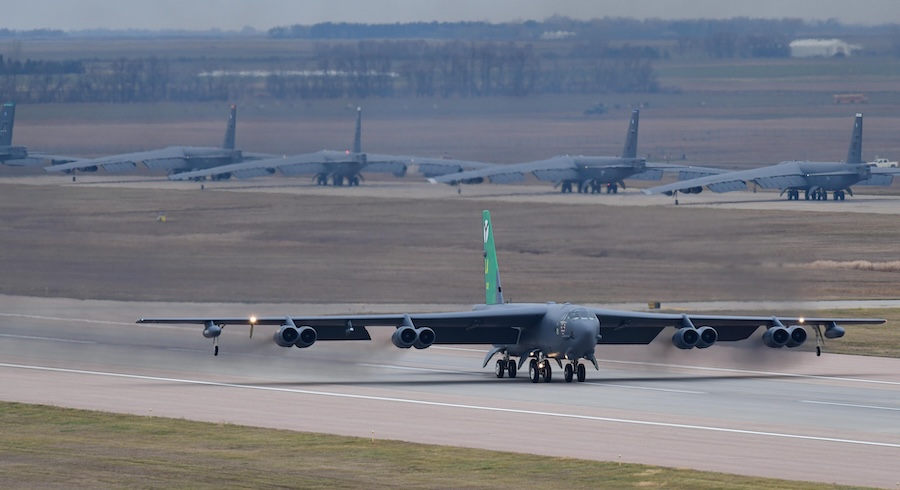Zelensky stressed that the focus should be on both missile development and the industrial infrastructure necessary for their production. “This will strengthen our ability to strike long-range enemy targets and increase Ukraine’s security,” he said.
The President did not specify which missile systems are involved or at what stage the programmes currently stand. His comments most likely refer to the Grom-2 system, also known as Sapsan, which has been in development for over a decade.
Last year, Ukrainian officials confirmed that a flight test of the Grom-2 missile had been conducted. The system is being developed by the Yuzhnoye Design Bureau.
Available information indicates that Ukraine is working on two missile variants. One type, with a diameter of 900 mm, is expected to have a range of approximately 500 km, while the second, at 600 mm, should reach around 280 km and is intended for export.
This new class of weaponry is expected to enhance Ukraine’s capabilities beyond current strike drones and cruise missiles. Ballistic missiles are significantly harder to intercept due to their high speed and flight altitude, although they are generally easier to detect.
A key advantage of these missiles is their large warhead, estimated at around 500 kg. In contrast, Ukraine’s strike drones typically carry warheads weighing between a few dozen and several dozen kilograms, while the land-attack variant of the RK-360MC Neptune cruise missile is thought to carry a warhead of at least 150 kg, possibly up to 350 kg.













